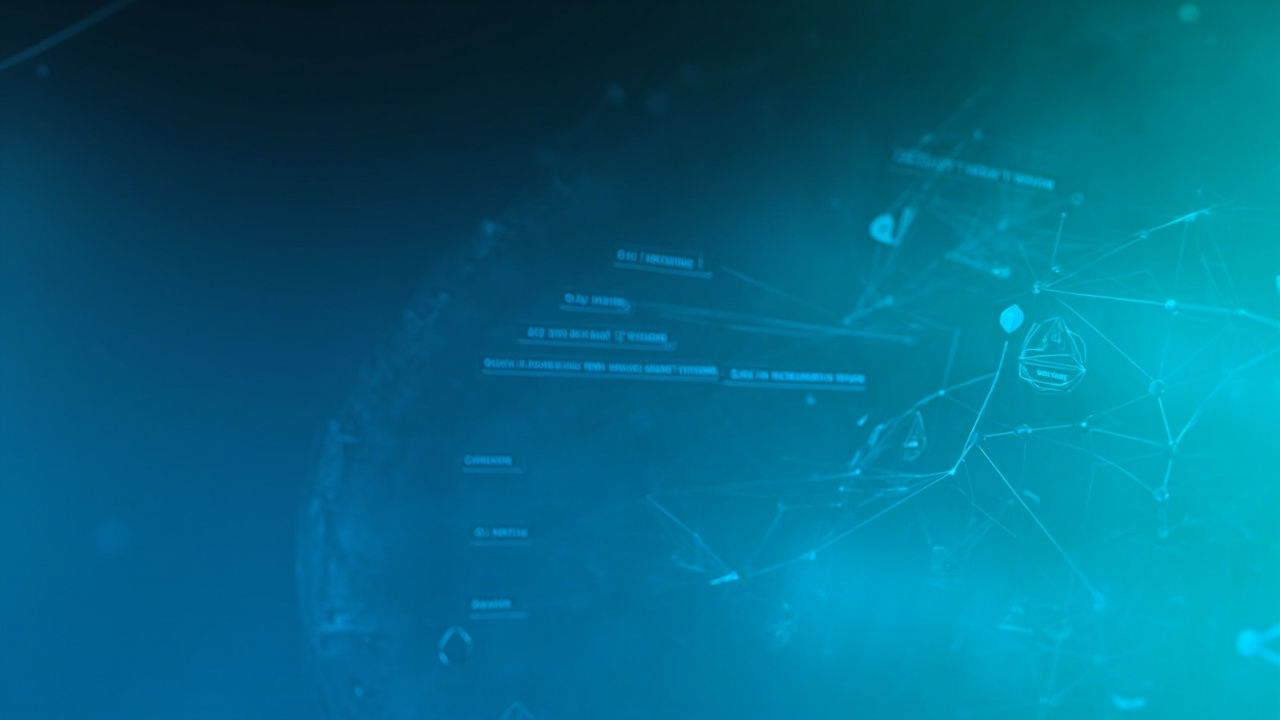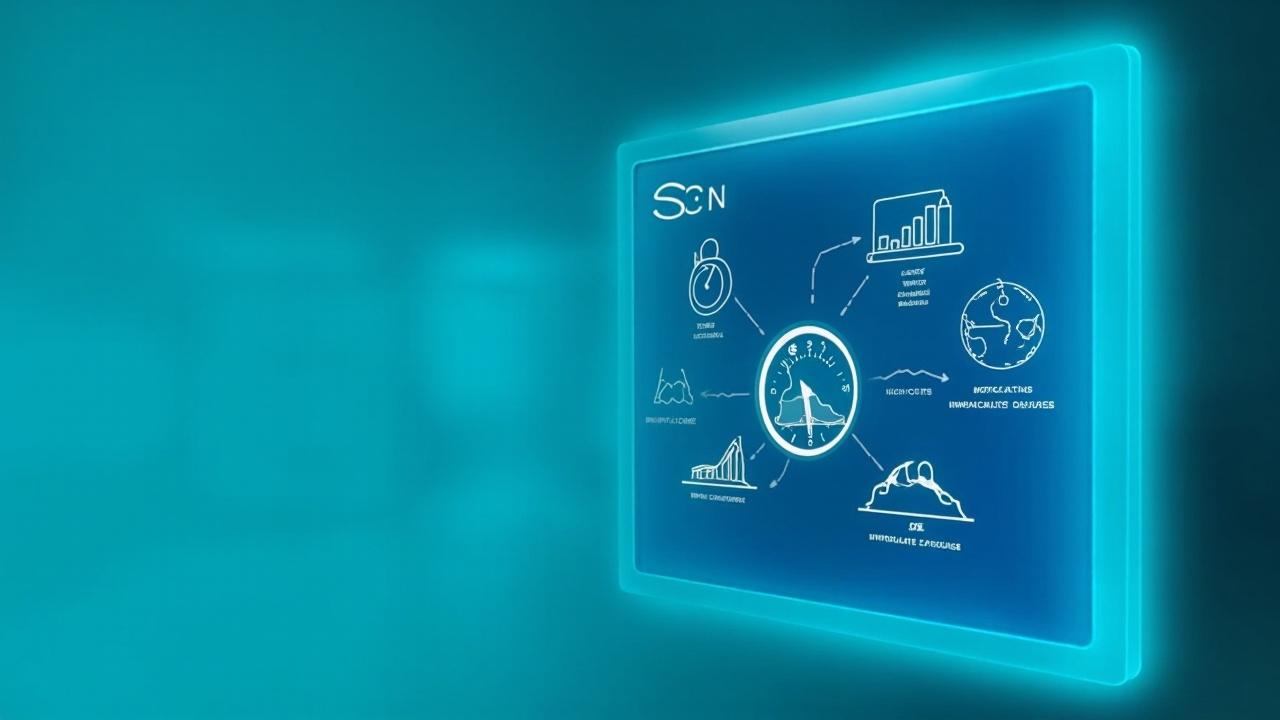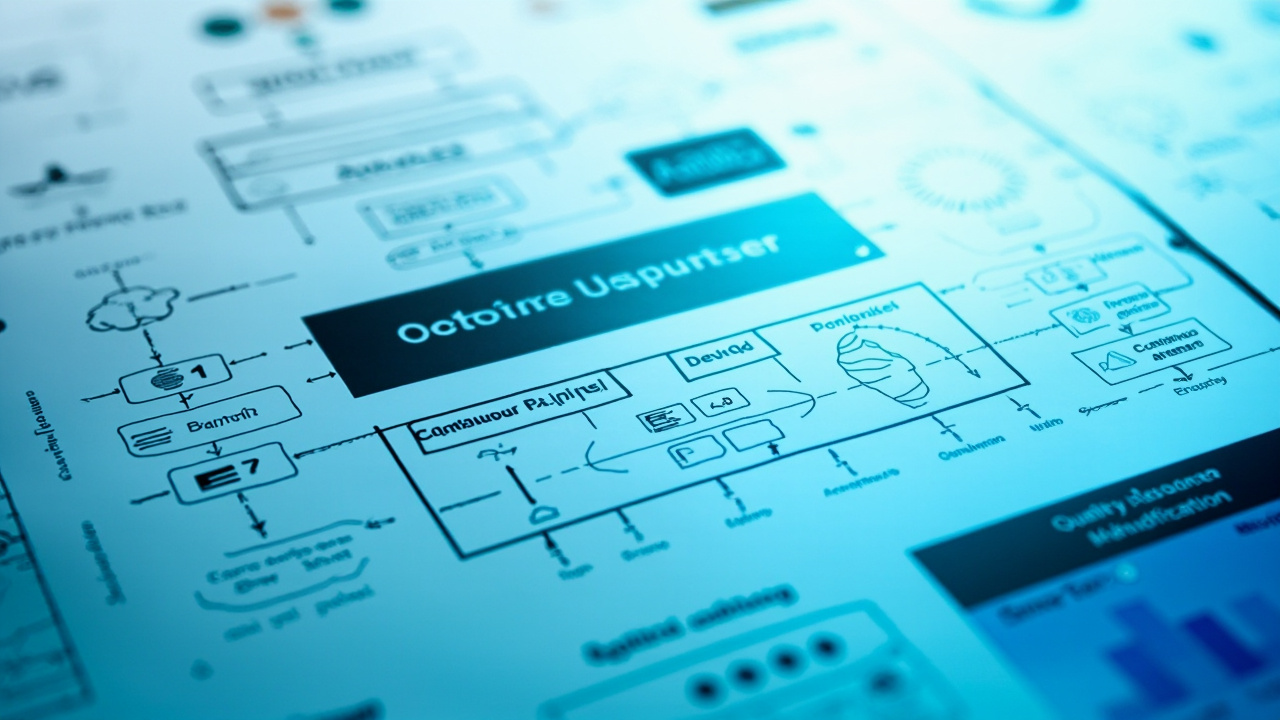In the ever-evolving world of technology, software testing stands as a critical pillar ensuring the reliability, functionality, and quality of applications. As we delve deeper into the digital age, the complexity and pace of software development have surged, posing significant challenges for traditional testing methodologies. This article explores the multifaceted world of software testing, examining its evolution, current methodologies, and the innovative solutions poised to transform the industry.
Software testing has traditionally been a labor-intensive process, often seen as a bottleneck in the development lifecycle. With the advent of Agile and DevOps practices, the need for faster, more efficient testing methods has become paramount. Developers and testers alike are in search of solutions that can streamline processes without compromising on quality. Enter the era of AI-driven testing tools, which are redefining how we approach software quality assurance.
This comprehensive exploration will guide you through the current landscape of software testing, highlighting the pain points faced by teams worldwide and the potential solutions that promise to revolutionize the field. From understanding the basics to diving into advanced techniques, you’ll gain insights that could transform your approach to software quality. And along the way, we’ll explore how cutting-edge tools like GenQE are subtly integrating into this landscape, offering a glimpse into the future of testing.
Understanding the Basics: What is Software Testing?

Software testing is a systematic process that evaluates the functionality of a software application to ensure it meets specified requirements and is free of defects. It involves the execution of software components using manual or automated tools to evaluate one or more properties of interest.
The Core Objectives of Software Testing
At its heart, software testing aims to ensure that a product is functional, reliable, and of high quality. The main objectives include
- Detecting Defects: Identifying errors, bugs, or missing requirements in the software.
- Ensuring Quality: Verifying that the software performs as expected under various conditions.
- Validating Requirements: Ensuring that the software meets the specified requirements and user expectations.
Types of Software Testing
There are several types of software testing, each serving a unique purpose
- Unit Testing: Focuses on individual components or functions. Integration Testing: Verifies the interfaces between components. System Testing: Evaluates the complete and integrated software system. Acceptance Testing: Determines whether the software meets business needs and is ready for deployment.
“Testing is not just about finding bugs; it’s about understanding and improving the quality of the software.”
While these traditional methods form the foundation of software testing, they often struggle to keep pace with modern development practices. The need for faster, more efficient testing has led to the adoption of new strategies and tools.
The Challenges in Traditional Software Testing

Despite its importance, traditional software testing is fraught with challenges that can hinder the development process. These challenges are particularly pronounced in environments where speed and flexibility are critical.
Time-Consuming Processes
One of the most significant challenges is the time it takes to thoroughly test software. Manual testing, which involves executing test cases manually without any tool support, is inherently time-consuming and prone to human error.
High Costs
The cost associated with extensive manual testing can be prohibitive, especially for startups or companies with limited budgets. Testing often requires a dedicated team of professionals, specialized tools, and infrastructure, all of which contribute to the overall expense.
Difficulty in Adapting to Change
Software development is an iterative process, and requirements can change rapidly. Traditional testing methods struggle to adapt to these changes quickly, often leading to delays and increased costs.
Lack of Comprehensive Coverage
Ensuring complete test coverage, where all possible scenarios are tested, is nearly impossible with manual methods. This can result in critical defects going unnoticed until after deployment.
“In the fast-paced world of software development, traditional testing methods can become a bottleneck, slowing down the entire process.”
These challenges underscore the need for innovative solutions that can streamline testing processes, reduce costs, and enhance test coverage, paving the way for the next section on modern testing methodologies.
Modern Software Testing Methodologies: Agile and Beyond

To address the limitations of traditional testing, modern methodologies have emerged, emphasizing speed, flexibility, and collaboration. These approaches are designed to integrate seamlessly into the software development lifecycle, particularly in Agile and DevOps environments.
Agile Testing
Agile testing aligns with the Agile development framework, which emphasizes iterative progress and collaboration. It involves continuous testing from the start of the project, with regular feedback loops to ensure alignment with user needs.
Key Practices in Agile Testing
- Test-Driven Development (TDD): Writing test cases before the actual code to ensure every feature is tested. Behavior-Driven Development (BDD): Collaborating with stakeholders to define test cases using natural language. Continuous Integration/Continuous Deployment (CI/CD): Regularly integrating code changes and deploying them to production environments.
DevOps and Continuous Testing
DevOps extends Agile principles across the entire development pipeline, promoting a culture of collaboration between development and operations teams. Continuous testing in DevOps ensures that testing occurs consistently, with automated tests running at every stage of the pipeline.
“In Agile and DevOps environments, testing is a continuous process, embedded within every phase of development.”
The Role of Automation
Automation is a critical component of modern testing methodologies, enabling teams to execute a vast number of test cases quickly and accurately. Automated testing tools can simulate user interactions, validate outputs, and provide instant feedback.
Modern methodologies have transformed the testing landscape, but they are not without their own challenges. Automation testing tools, while powerful, require careful implementation and management, which sets the stage for exploring AI-driven solutions in the next section.
AI-Driven Solutions: The Role of Artificial Intelligence in Software Testing

The integration of artificial intelligence (AI) into software testing represents a significant leap forward, offering unprecedented efficiency and accuracy. AI-driven solutions leverage machine learning algorithms to optimize test processes, reduce manual effort, and enhance overall software quality.
AI-Powered Test Generation
AI can analyze software requirements, user behavior, and historical data to automatically generate test cases. This reduces the dependency on manual test design, ensuring broader test coverage and faster execution.
Smart Test Execution
AI-driven platforms can intelligently prioritize and execute test cases based on risk analysis. This ensures that the most critical areas are tested first, optimizing testing efforts and focusing on high-impact defects.
Self-Healing Automation
Traditional test scripts are often fragile, breaking when UI elements change. AI solutions offer self-healing capabilities that automatically adjust test scripts, minimizing maintenance efforts and reducing downtime.
“AI in software testing is not just about automation; it’s about making testing smarter and more adaptive.”
Comprehensive Test Coverage and Defect Detection
AI-powered tools provide extensive test coverage across various platforms, including web, mobile, and APIs. They can also identify patterns in test results to detect anomalies and potential defects early in the development cycle.
While AI offers transformative potential, it is essential to understand its strategic implementation within existing processes. This naturally leads to exploring platforms like GenQE in the next section, which exemplifies the integration of AI in software testing.
Case Study: Transforming Testing with GenQE

As organizations seek to harness the power of AI in software testing, GenQE emerges as a pioneering platform, offering a suite of features designed to enhance test automation and efficiency.
GenQE: An Overview
GenQE, or Generative Quality Engineering, is an intelligent software testing tool that leverages AI to optimize test automation, reduce manual effort, and enhance overall software quality. It offers a comprehensive solution for teams looking to modernize their testing processes.
Key Features of GenQE
- AI-Driven Test Generation: Automates the creation of test cases, improving coverage and efficiency. Smart Test Execution: Prioritizes test cases based on risk analysis, ensuring critical areas are tested first. Self-Healing Automation: Automatically adjusts test scripts, reducing maintenance efforts. AI-Powered Defect Detection: Identifies patterns in test results to detect anomalies early.
Practical Applications and Benefits
Organizations using GenQE have reported faster time to market, higher accuracy, and reduced costs. By automating repetitive tasks, GenQE allows developers to focus on innovation and quality, rather than manual testing efforts.
“GenQE bridges the gap between traditional testing methods and modern needs, offering a scalable and intelligent solution.”
A Real-World Example
Consider a software company facing challenges with frequent UI changes. By implementing GenQE, they were able to significantly reduce script maintenance time, thanks to its self-healing capabilities. As a result, the team could focus on more strategic testing activities, improving overall software quality.
While GenQE offers a compelling solution, it’s just one of many tools available to teams looking to enhance their testing processes. The next section will explore additional innovative testing tools and approaches that can complement AI-driven platforms.
Complementary Tools and Approaches in Software Testing

While AI-driven platforms like GenQE offer powerful solutions, they are most effective when integrated with other complementary tools and approaches. This section explores additional strategies that can enhance software testing efforts.
Exploratory Testing
Exploratory testing is an unscripted approach that allows testers to explore software freely, identifying defects that scripted tests might miss. It relies on the tester’s experience and intuition, making it an invaluable complement to automated testing.
Performance Testing
Performance testing evaluates the speed, scalability, and stability of an application under various conditions. Tools like Apache JMeter and LoadRunner can simulate thousands of users, providing insights into potential bottlenecks and performance issues.
Security Testing
As cyber threats grow, security testing has become a critical component of software quality assurance. Tools such as OWASP ZAP and Burp Suite help identify vulnerabilities, ensuring that applications remain secure against attacks.
“In software testing, a holistic approach that combines AI, exploratory, performance, and security testing ensures comprehensive quality assurance.”
Integration with DevOps Tools
Integrating testing tools with DevOps platforms like Jenkins, GitHub Actions, and Azure DevOps ensures that testing becomes a seamless part of the development pipeline. This integration facilitates continuous testing, enabling rapid feedback and faster release cycles.
The combination of these tools and approaches creates a robust testing strategy that addresses various aspects of software quality. The final section will provide a comprehensive conclusion, summarizing key insights and encouraging further exploration of innovative testing solutions.
Conclusion: Embracing the Future of Software Testing

Software testing is an indispensable component of the development lifecycle, ensuring that applications are reliable, functional, and secure. As the complexity and pace of software development continue to accelerate, traditional testing methods alone are insufficient to meet these demands.
The integration of modern methodologies, such as Agile and DevOps, has transformed the testing landscape, promoting speed, flexibility, and collaboration. However, it is the advent of AI-driven solutions, exemplified by platforms like GenQE, that promises to revolutionize the field. By automating and optimizing test processes, these innovative tools empower teams to deliver high-quality software faster and more efficiently.
In conclusion, the future of software testing lies in the strategic combination of AI-driven platforms, exploratory testing, performance evaluation, and security assessments. Embracing these solutions will not only enhance software quality but also drive competitive advantage in a rapidly evolving digital world.
“The future of software testing is not just about finding defects; it’s about building robust, high-quality applications that meet the needs of users and businesses alike.”
As you navigate this complex landscape, consider exploring tools like GenQE and other innovative solutions to enhance your testing processes. By doing so, you’ll be well-equipped to meet the challenges of tomorrow’s software development.
As you continue your journey in software testing, explore the innovative tools and methodologies discussed in this article to enhance your processes and drive greater efficiency. The future of software testing is here, and it’s time to embrace it.
Discover More Innovative Solutions
Want to learn more about the tools and technologies discussed in this article? Explore how these innovations can be tailored to your specific needs and workflow requirements.
Our team of experts is available to answer your questions and provide personalized insights into how modern solutions like GenQE can address your specific challenges.
If the link above does not work, please visit: https://calendly.com/dm-csimplifyit/30min?month=2025-05